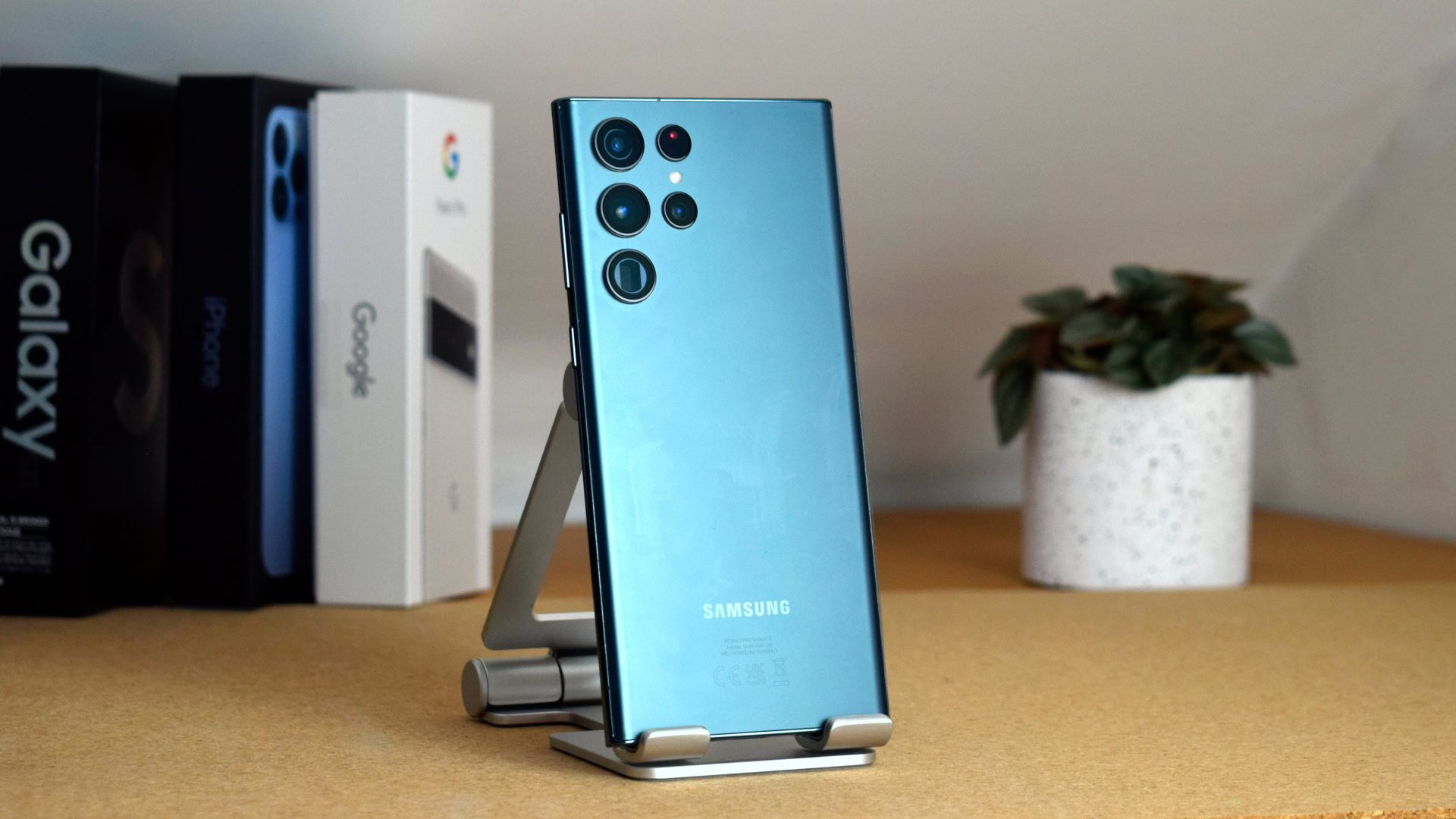Affiliate links on Android Authority may earn us a commission. Learn more.
Android overheating issues are widespread and likely to get worse

- Arm’s designs may be partially to blame for Samsung and Qualcomm’s overheating problems.
- There may be a solution, but it won’t be easy to achieve.
Update: April 14, 2022 (7 AM ET): The article has been edited to better reflect the nature of Arm’s licensing arrangement and chipset manufacturing partners.
Original article: April 13, 2022 (6:23 PM ET): Samsung has been in the news for throttling its phones, but the underlying issue may be far more widespread.
Samsung admitted to throttling apps, although it said the reason was to keep phones from overheating. There may be more to Samsung’s claim than some originally thought, and it may not be entirely the company’s fault. According to reports, the blame may rest with the underlying Arm design that Samsung and Qualcomm’s flagship processors are based on.
Unlike Intel, Arm doesn’t manufacture its own chips. Instead, the firm designs the CPU architecture that it licenses out, alongside in-house CPU core designs that it sells to its partners, such as the Cortex-X2 and Cortex-A710. Qualcomm and Samsung are two of Arm’s biggest clients, with the two companies using Arm’s latest CPU core designs in their respective Snapdragon and Exynos flagship processors.
According to BusinessKorea, industry analysts believe Arm’s latest designs are partially to blame, especially since the problem crosses manufacturers. However, it’s worth noting that Samsung manufactures both the Exynos 2200 and Snapdragon 8 Gen 1 at its foundries, so the manufacturing process may also be a contributing factor. Only MediaTek’s Dimensity 9000 and Apple’s A15 Bionic have been manufactured by TSMC so far, with Qualcomm’s Snapdragon 8 Gen 1 Plus rumored to be in the works. A clearer picture of the issue may appear once a wider range of phones powered by these chips hit the market.
By comparison, the analyst highlight that Apple’s chip seems unaffected, despite being based on Arm’s architecture. The key difference here would be that Apple designs its CPU cores based on its licensing agreement with Arm rather than using CPU designs developed by Arm. The analyst also comments that Apple has the benefit of designing CPUs in tandem with iOS and its iPhone products.
Meanwhile, Qualcomm is developing application processors for use by multiple manufacturers, perhaps hinting at less efficient optimizations. Although, you could argue that Samsung has a similar manufacturing optimization advantage as Apple so this explanation seems unlikely.
Hopefully, Qualcomm and Samsung will figure out an effective way to tune their designs to rival Apple’s energy efficiency. Otherwise, overheating phones and throttled processors may become the new norm.